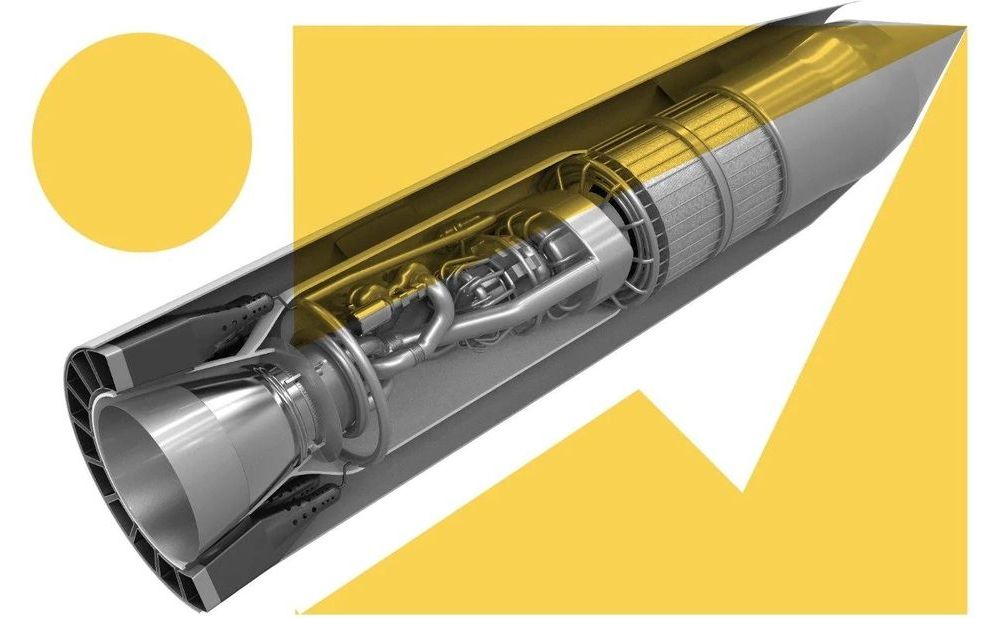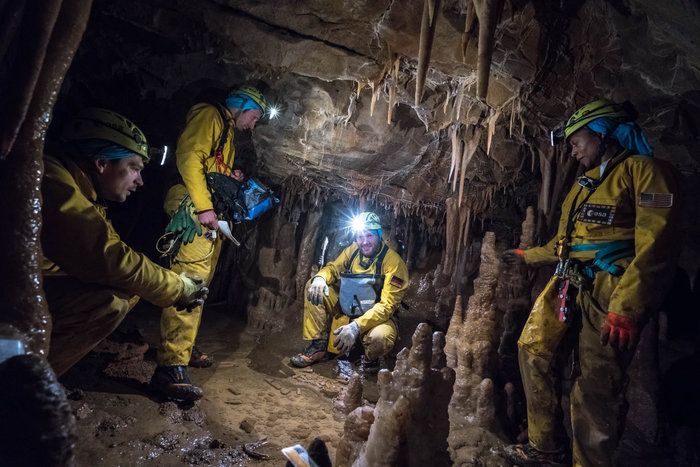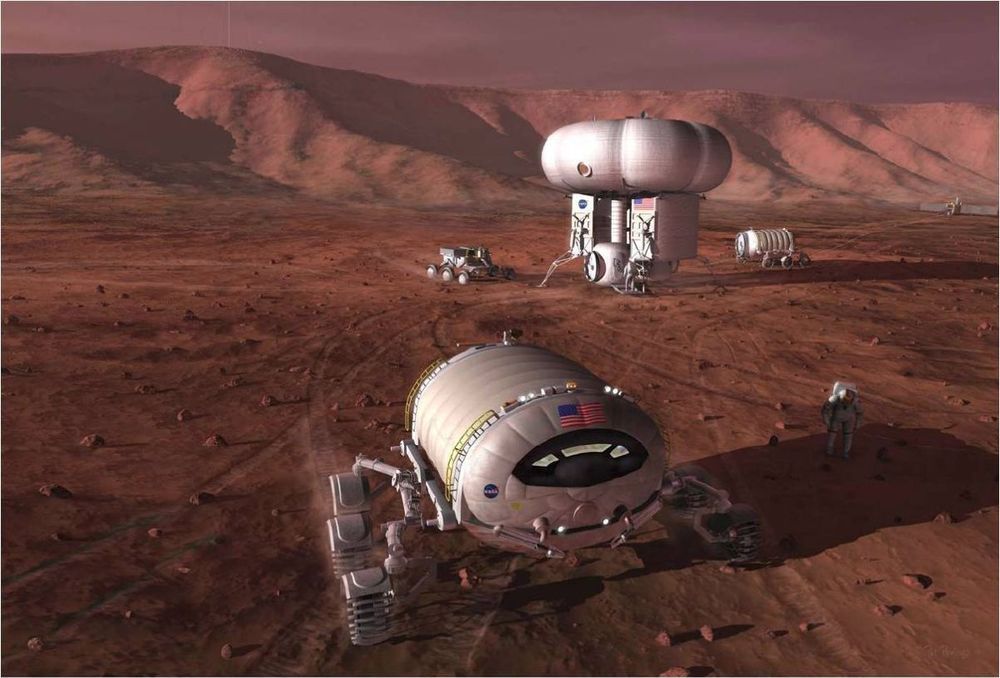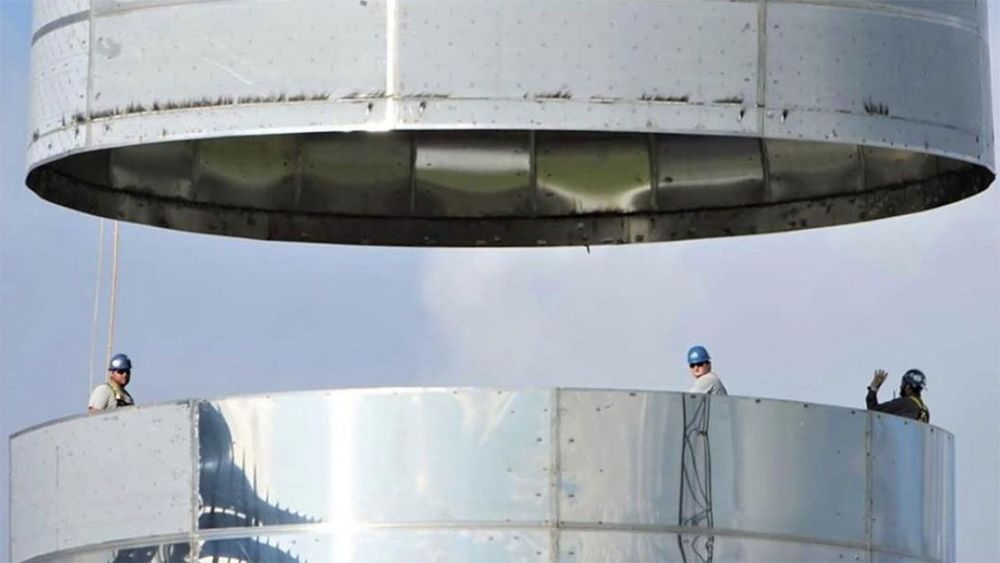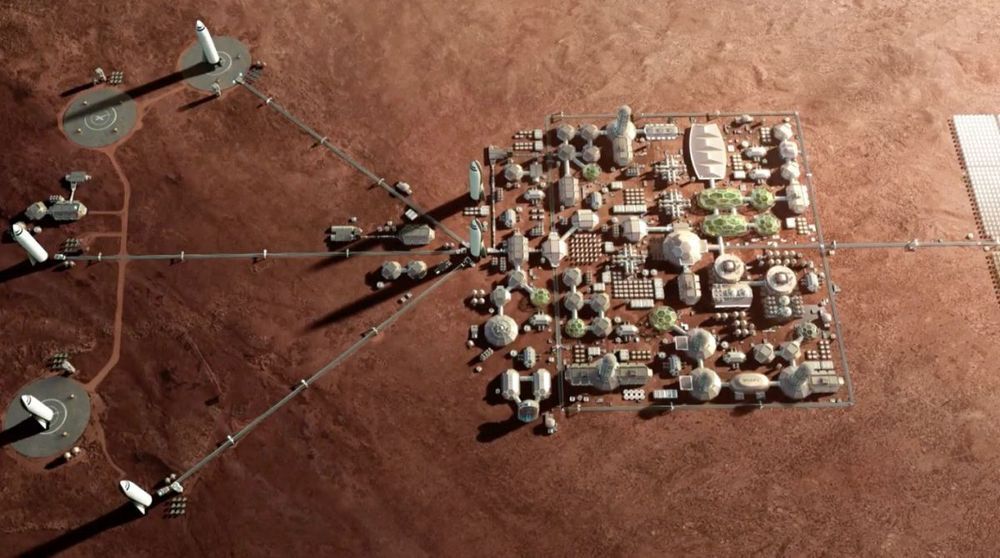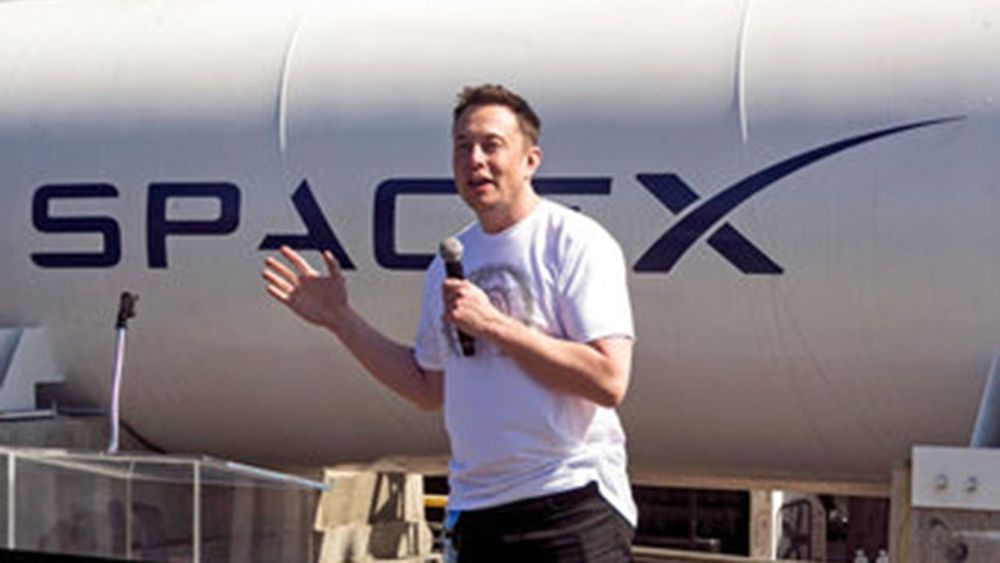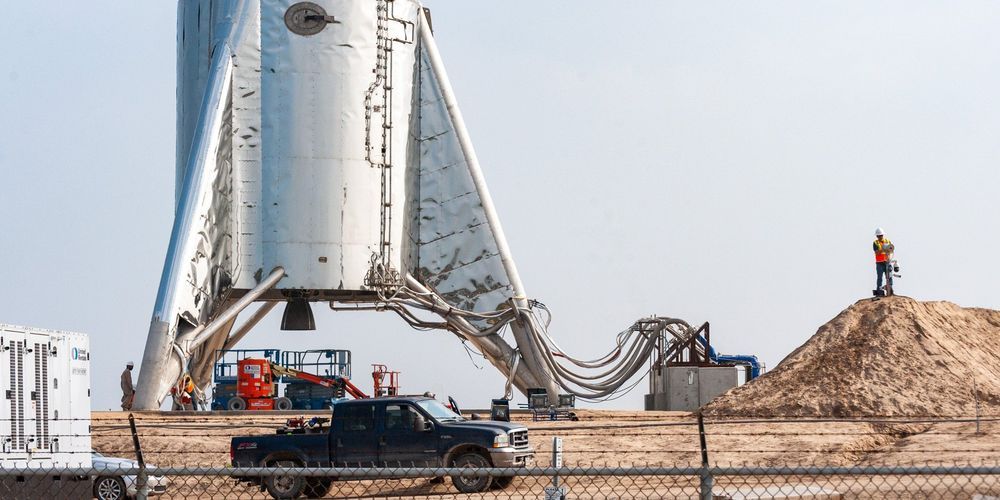Tourists could fly from Britain to Australia in just four hours by the 2030s with a new hypersonic engine being developed by UK scientists, the head of the UK Space Agency has said.
Reaction Engines, who are based in Oxfordshire, are in the process of building a hybrid hydrogen air-breathing rocket that will allow a plane to fly at Mach 5.4 — more than twice the speed of Concorde — then speed up to to Mach 25 in space.
Not only would the new ‘Sabre’ engine allow speedier journeys — with a flight between London and New York slashed to just over an hour — but the hydrogen/oxygen engine would be far greener and cheaper than current air travel.
